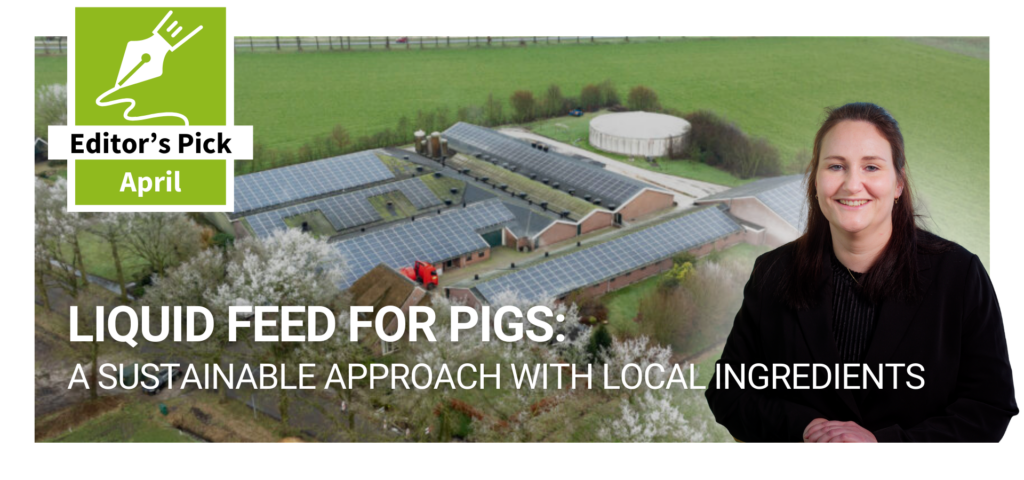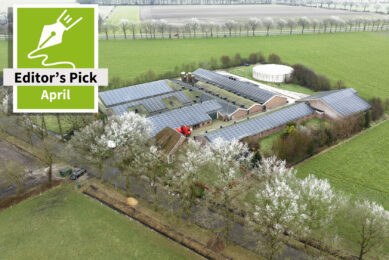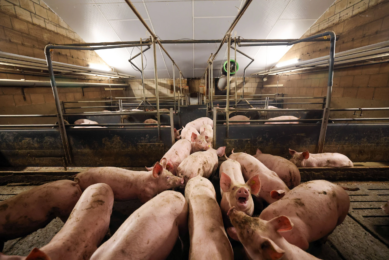Early post-weaning feed intake key to pig growth and immunity
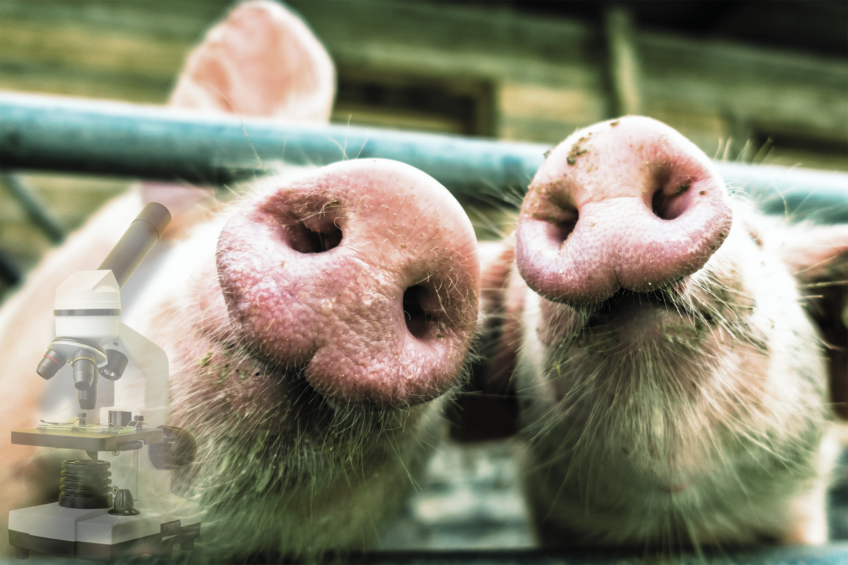
New Dutch research shows that low feed intake in the first days post-weaning can trigger inflammation and hinder growth, immunity, and gut development in piglets—highlighting the critical role of early nutrition.
Dutch research has found that feed intake during the initial days postweaning significantly impacts pig growth, immunity and metabolism. It has found that sustained low intake, such as for up to 6 days, triggers a systemic inflammatory response.
The research, led by Lluis Faba from Trouw Nutrition Research and Development, at the Swine Research Centre, wanted to examine the cause and consequence of low feed intake in weanling pigs and its link to intestinal disturbances and metabolic stress.
The study design
The study explored the associations between individual daily feed intake (FI) patterns, metabolic status and intestinal physiology. Female pigs (n=24) were selected based on high or low cumulative FI between day 1 and day 3 relative to weaning (day 0) from 12 pens equipped with electronic feeding stations at 1-week after weaning for dissection and sampling.
Feed intake classifications
4 classes of pigs were created – which started with a high (H) or low (L) FI (day 1 to day 3) and continued with a high or low FI (day 4 to day 6) (HH, HL, LH and LL respectively; n = 6) for data analysis.
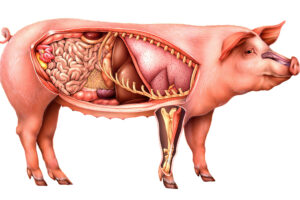
Key findings
In plasma, HL pigs showed higher plasma glutamate dehydrogenase than LL pigs (P < 0.05). A low FI day 1 to day 3 increased plasma creatinine and lactate dehydrogenase, and reduced insulin-line growth factor (IGF-I), gastrointestinal organ weights and jejunal villus surface area at one week after weaning (P <0.05).
However, low FI day 4 to day 6 increased plasma haptoglobin, PigMAP, bile acids and bilirubin levels and reduced jejunal villus length (P<0.05).
In jejunum tissue, HH pigs had the highest jejunal upregulated IGF-I receptor and a reduced local inflammatory gene expression when compared to HL pigs and similarly when compared to all classes.
For the main effects, pigs classified as high F1 day 1 to day 3 had upregulated immune system, including IL6, TGFB1, TLR2 and TRL4 genes compared to low F1 day 1 to day 3 pigs (P<0.05). In a multivariate model, variance in ADG was mostly explained by positive correlations with FI day 1 to day 3, jejunal morphometrics and plasma IGF-I, while negatively explained by histamine in digesta, PigMAP, triglycerides and haptoglobin in plasma



